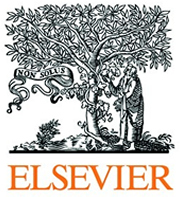2014 Dec 17. pii: S0960-894X(14)01330-4. doi: 10.1016/j.bmcl.2014.12.033. [Epub ahead of print]
 Selective CB2 receptor agonists. Part 1: The identification of novel ligands through computer-aided drug design (CADD) approaches.
Selective CB2 receptor agonists. Part 1: The identification of novel ligands through computer-aided drug design (CADD) approaches.
Hickey ER1, Zindell R2, Cirillo PF2, Wu L2, Ermann M3, Berry AK2, Thomson DS2, Albrecht C4, Gemkow MJ4, Riether D2.
Abstract
Computer-aided drug design scaffold hopping strategies were utilized to identify new classes of CB2 agonists when compounds of an established series with low nanomolar potency were challenging to optimize for good drug-like properties. Use of ligand-based design strategies through BI Builder (a tool for de novo design) and PharmShape (a virtual screening software package) approaches led to the discovery of new chemotypes. Specifically, compounds containing azetidine-, proline-, and piperidine-based cores were found to have low nanomolar and picomolar CB2 agonist activities with drug-like properties considered appropriate for early profiling.
Copyright © 2014 Elsevier Ltd. All rights reserved.
Copyright © 2014 Elsevier Ltd. All rights reserved.
KEYWORDS:
Cannabinoid receptor 2; De-novo design; Ligand-based; Proline; Scaffold hopping


